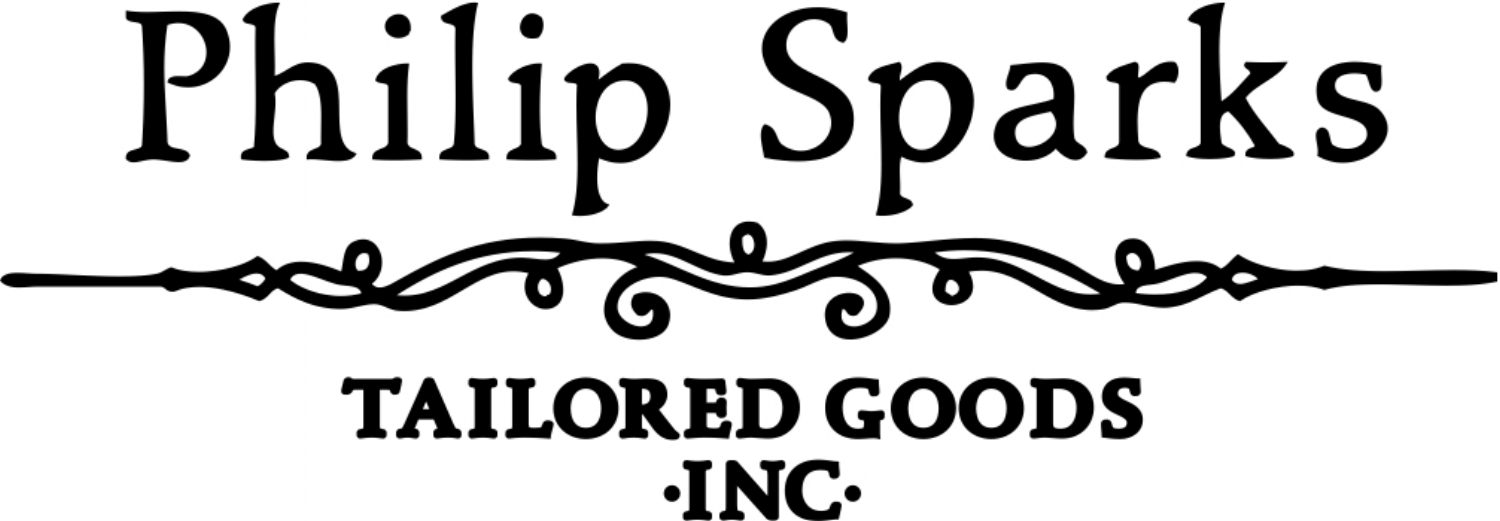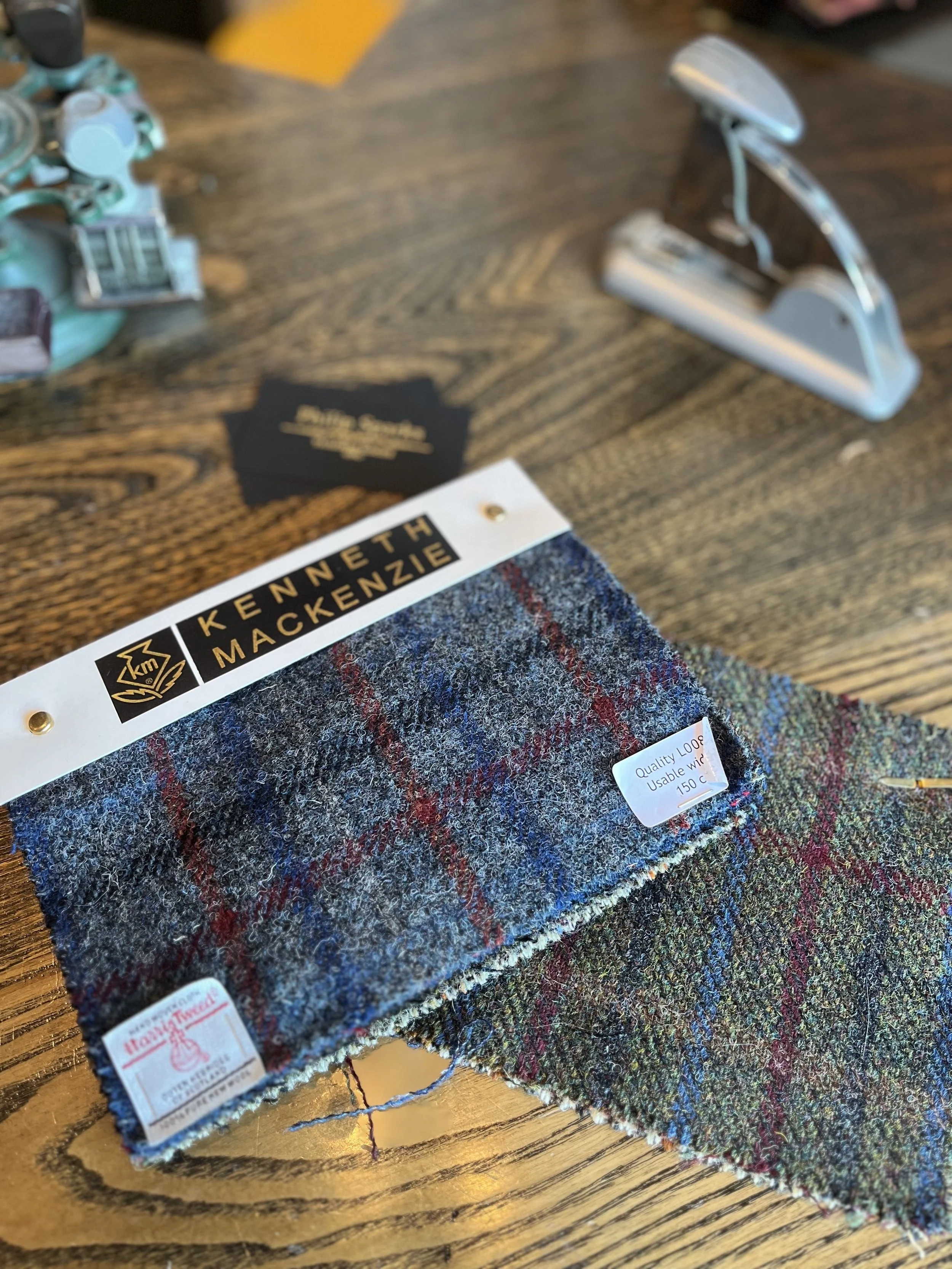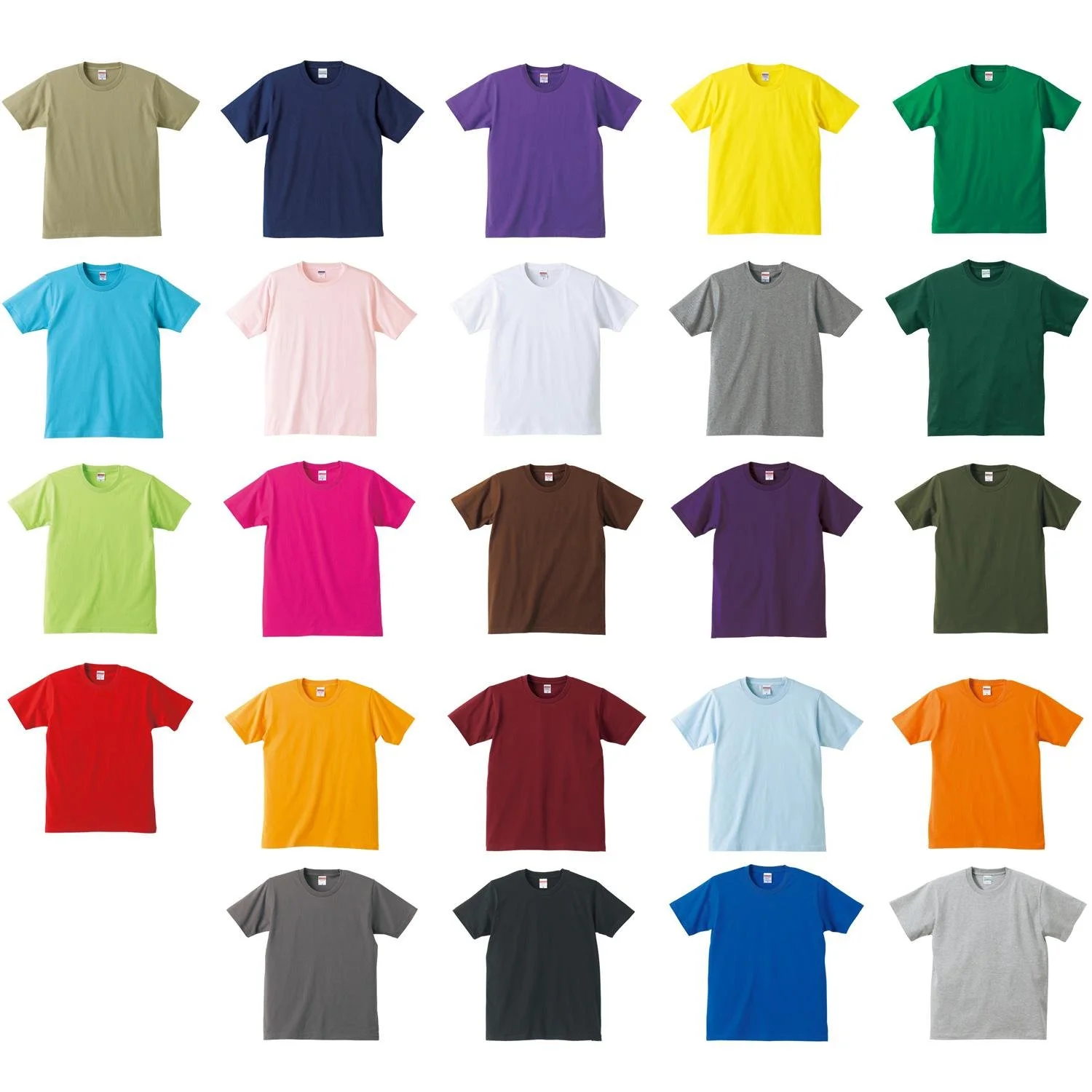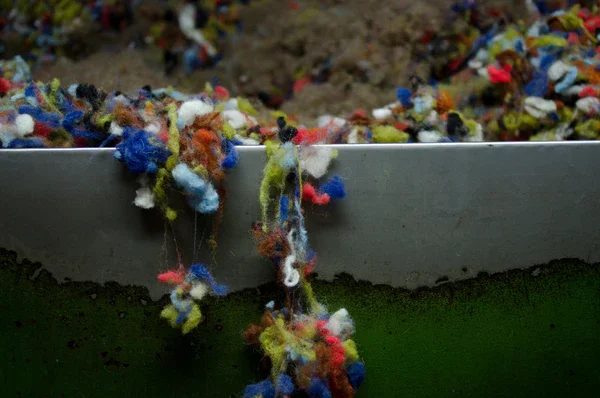October is wool month, which makes it the perfect time to revisit a question I get asked a lot. What makes a tweed so special?
Harris Tweed Samples
The answer starts with understanding how your clothes become a specific colour. Fabrics are often dyed their finished colour after they’ve been woven, but colour can also be added at other stages in the production process.
Garment Dyed T-Shirts
A “garment dyed” piece refers to when many garments are made in a griege or undyed cloth and then these finished garments are dyed a variety of different hues. This approach means that, at the end of the season, any unsold merchandise in a trendy colour can be dyed black for the next season (which is why blacks can be so tricky to keep black, especially at the fast fashion level).
Piece Dyed Textiles
Piece dyed is similar but, in its case, large amounts of undyed cloth are dyed solid colours, which can lead to a lack of depth and detail.
In yarn dyed textiles, the yarns are dyed different colours before they are woven. This is usually how stripes and plaids are produced, by interlacing yarns of different colours in a set pattern or repeat. Each of these processes add colour to cloth earlier and, as you backtrack, the costs increase because you are more limited in changing the colour or pattern later.
Yarn Dyed Fabrics
Tweeds are extra special because the dye is added at the earliest possible stage. For tweeds, fleece (or raw fibre) is dyed before its carded or combed and spun into yarns. Special yarn colours are blended by mixing different amounts of a variety of fleece colours. This produces a great depth and complexity of colour.
Dyed Fleece, ready to be carded and spun into tweed yarns
Tweeds are also traditionally made from wool, usually from the fleece of breeds of sheep that thrive in northern climates.
Cheviot Ewe and Lamb
Their wool is stronger and thicker and produces fabrics that wear well and will keep you warm and dry in cooler, damper conditions.
Sparks in a Harris Tweed Blazer







